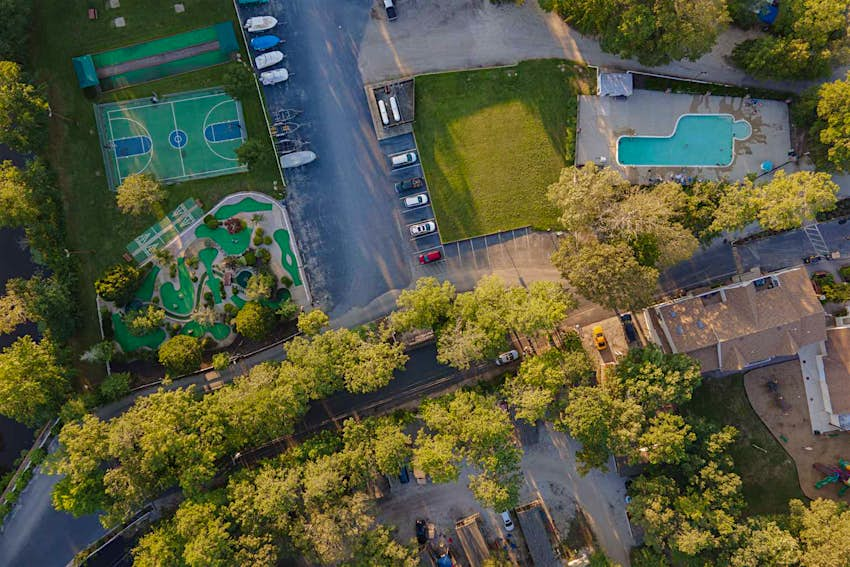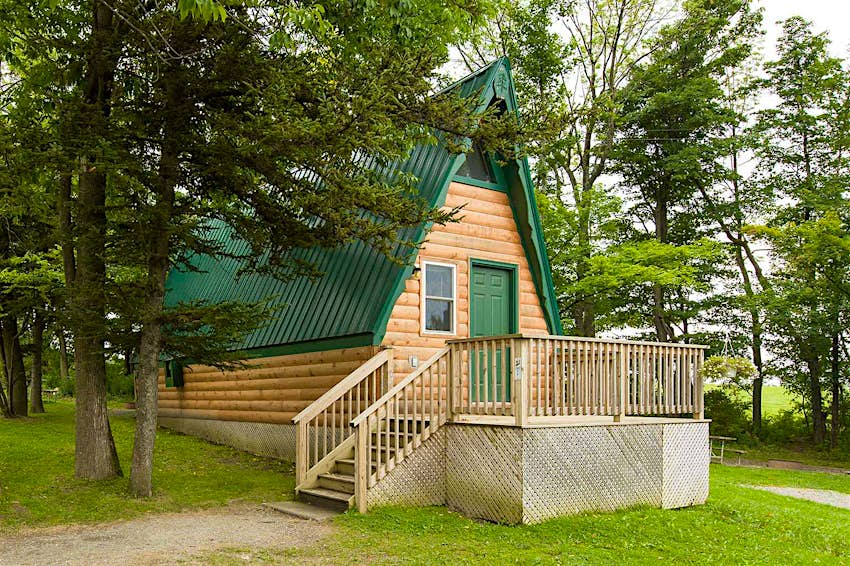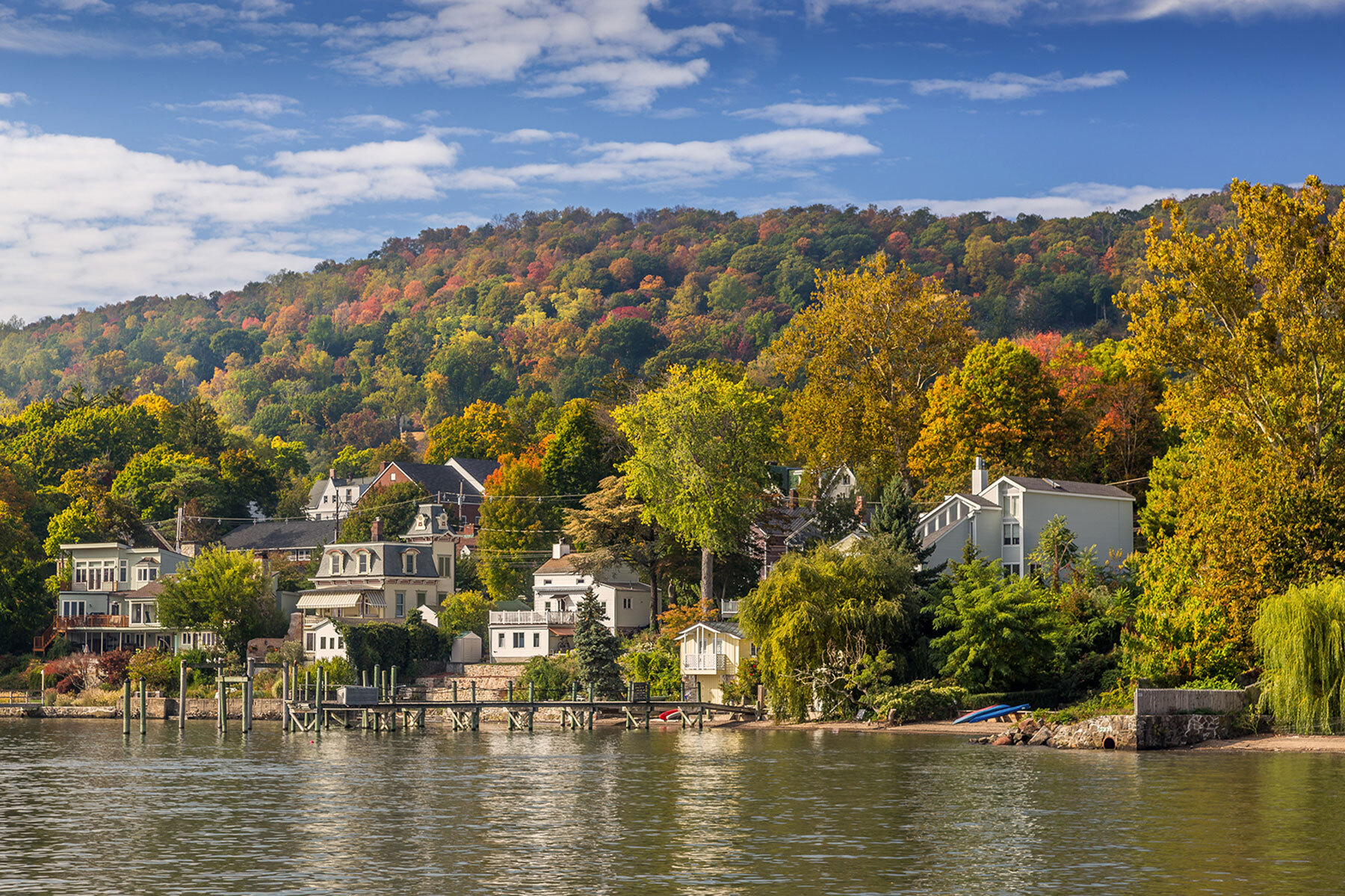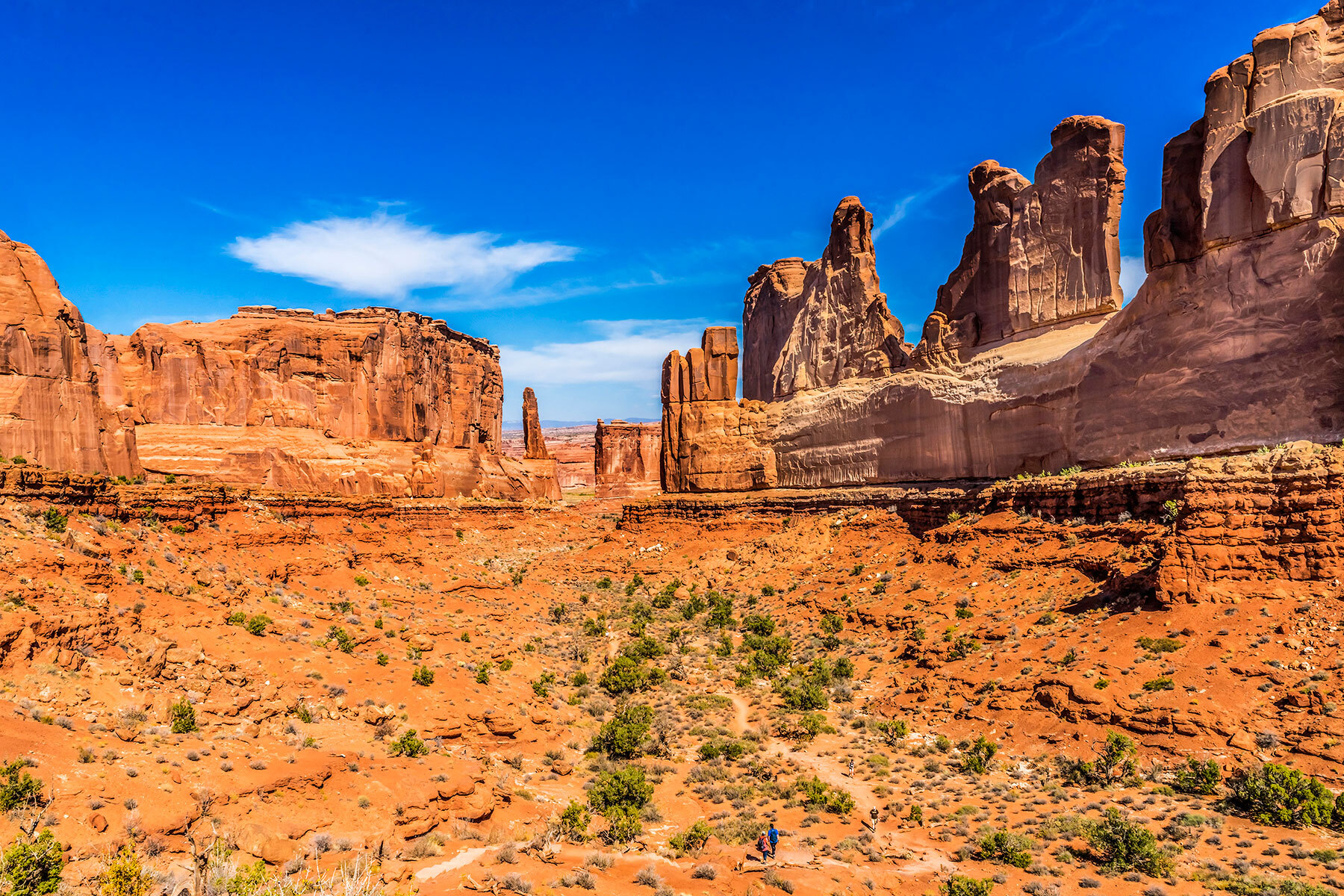These are fall's most popular US camping destinations, according to Campspot
For insight into where travelers are heading as the leaves change colors, the platform Campspot consulted the booking data for its roster of family campgrounds, RV resorts, glamping sites, and more to determine the most in-demand destinations for autumn camping, based on the number of reservations from just after Labor Day through October. In no particular order, here are the top 10 places Campspot campers are flocking this fall.
Editor's note: Please check the latest travel restrictions before planning any trip and always follow government advice.
 Near Cape May, Big Timber Lake is an RV resort with plenty of amenities © Tyler D. Way/Campspot
Near Cape May, Big Timber Lake is an RV resort with plenty of amenities © Tyler D. Way/CampspotCape May, New Jersey
Less than 20 miles from the family-friendly beaches, old-school boardwalks and historic painted Victorians of Cape May is Big Timber Lake RV Camping Resort, a sprawling site with basketball, volleyball, bocce, and shuffleboard courts, kayak rentals, mini golf, an arcade, and a 2,000 square-foot pool.
 Holiday seekers can get into the spirit of the season in Santa Claus, Indiana @ Sun RV Resorts
Holiday seekers can get into the spirit of the season in Santa Claus, Indiana @ Sun RV ResortsSanta Claus, Indiana
It’s never too early for Christmas in southwestern Indiana’s Santa Claus, and its Lake Rudolph Campground & RV Resort has Christmas cabins and holiday cottages, not to mention Santa's Splashdown Waterpark, which has two big tube slides and a reindeer-themed water playground.
 Camping in Quarryville offers a front-row seat for the fall-foliage action © Campspot
Camping in Quarryville offers a front-row seat for the fall-foliage action © CampspotLancaster County, Pennsylvania
Southeastern Pennsylvania’s fall foliage rarely disappoints, and Yogi Bear's Jellystone Park Camp-Resort: Quarryville offers a front row seat for the action. It’s situated on 65 wooded acres abutting a 100-acre county park, but it’s more resort than camp, with two swimming pools, two hot tubs, a water zone, and a giant inflatable jumping pillow, plus laser tag and escape rooms for an extra charge.
Myrtle Beach, South Carolina
Myrtle Beach is a party town at the height of summer, and though it’s more low-key during the cooler months, there’s still plenty to do. Guests at Carolina Pines RV Resort may not want to leave the premises – there’s a bistro and a yoga studio on-site as well as a mini golf course and an arcade – but for those who prefer to get out and explore, the beaches and trails of Myrtle Beach State Park are just 20 minutes away.
 The restorative scenery of Shenandoah National Park is less than two hours from the nation's capital © Campspot
The restorative scenery of Shenandoah National Park is less than two hours from the nation's capital © CampspotShenandoah National Park – Washington, DC
An hour and a half west of DC, in the heart of the Blue Ridge Mountains, Shenandoah National Park is an easy day trip from the nation’s capital, but it feels a world away. The Yogi Bear's Jellystone Park in nearby Luray, Virginia, provides the chain’s signature amenities, from mini golf and gem-mining to pools and water slides; accommodations include pet-friendly cottages, RV sites, and primitive tent camping.
Central Michigan
The lakes of Michigan are a picture-perfect setting for a summer getaway, but they’re not too shabby in fall colors either. Central Michigan’s Cedar River plays host to Gladwin City Park and Campground, a back-to-basics set-up with rustic cabins and sites for tent and RV camping, while Beaverton’s Calhoun Campground has Ross Lake-facing rustic, electric, and full hookup sites.
 Accommodations at Yogi Bear's Jellystone Park in Western New York include this two-bedroom A-frame chalet with cable and WiFi @ Sun RV Resorts
Accommodations at Yogi Bear's Jellystone Park in Western New York include this two-bedroom A-frame chalet with cable and WiFi @ Sun RV ResortsBuffalo, New York
In a few months, only the hardy will be taking camping trips in upstate New York, but for now, the region that boasts natural beauties like Niagara Falls and Lake George is a solid option for leaf-peeping. About an hour outside of Buffalo, Yogi Bear's Jellystone Park Camp-Resort: Western New York has chalets, cabins, wooded and open tent sites, and full-hookup RV sites, all pet-friendly with WiFi access.
 In Paso Robles, the Wine Country RV Resort has RV sites as well as chalets and cottages © Sun RV Resorts
In Paso Robles, the Wine Country RV Resort has RV sites as well as chalets and cottages © Sun RV ResortsPaso Robles, California
There’s nothing like winery-hopping on a brisk sunny day, and between the shopping, the golf, the wining, and the dining, San Luis Obispo County's Paso Robles region has more than a few options for oenophiles. Wine Country RV Resort is centrally located, with pull-through and back-in RV sites as well as chalets and cottages.
Arches National Park – Moab, Utah
The red sandstone of Arches National Park creates a stunning setting for one of nature’s biggest playgrounds, and nearby Moab serves as the gateway for outdoor adventures in the vicinity. Six miles south of the park gates (and less than 40 miles east of Canyonlands) is CanyonLands RV Resort & Campground, where the region’s signature red rocks overlook the swimming pool. Tent and RV sites are available, as are cabin rentals.
 The Yogi Bear's Jellystone Park in Gardiner serves as a base of operations for exploring the Hudson Valley's Minnewaska State Park Preserve @ Campspot
The Yogi Bear's Jellystone Park in Gardiner serves as a base of operations for exploring the Hudson Valley's Minnewaska State Park Preserve @ CampspotMinnewaska State Park Preserve – Kerhonkson, New York
A 22,275-acre park in the Hudson Valley, Minnewaska draws outdoorsy types year-round for everything from rock climbing to snowshoeing. Six miles away, the sprawling Yogi Bear's Jellystone Park in Gardiner has rustic tent sites and premium cabins, as well as luxe lodges and full houses for rent.

























